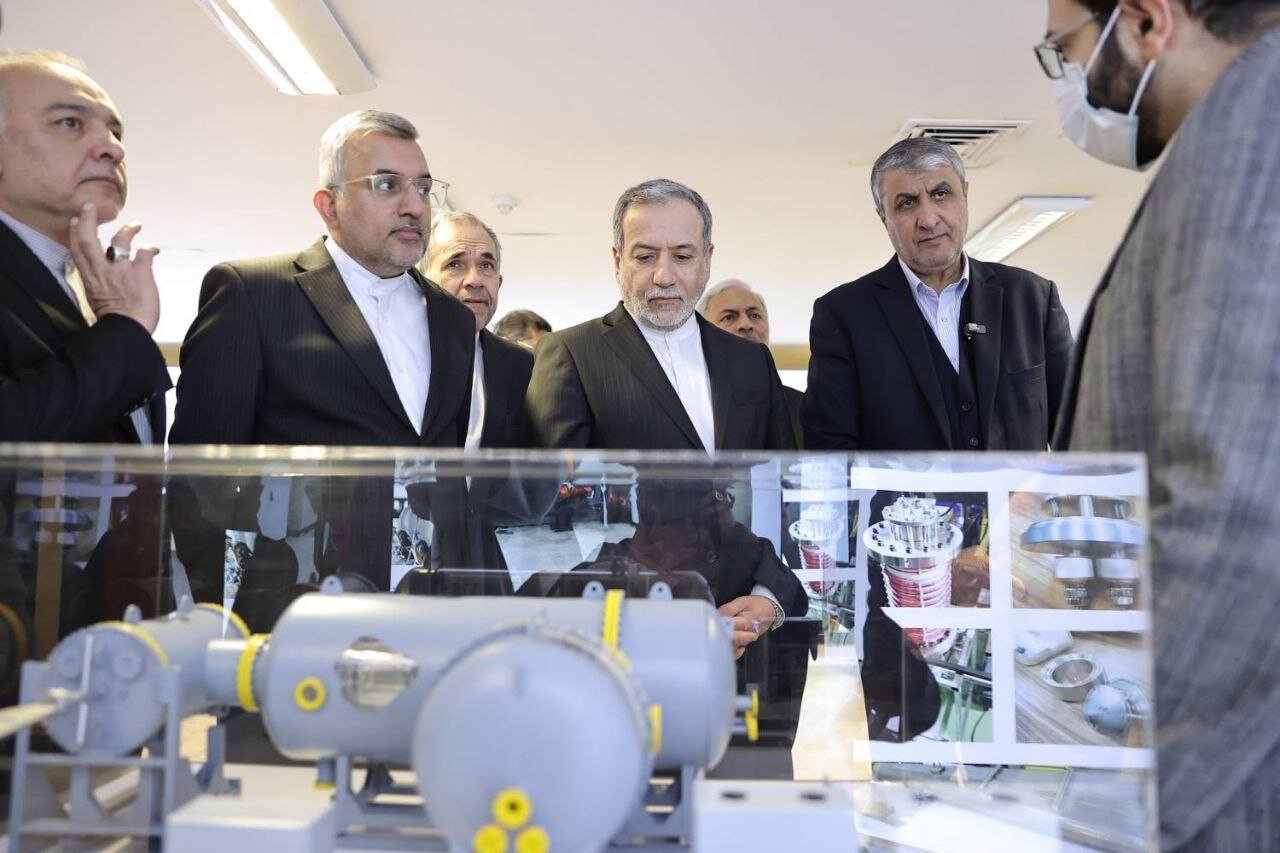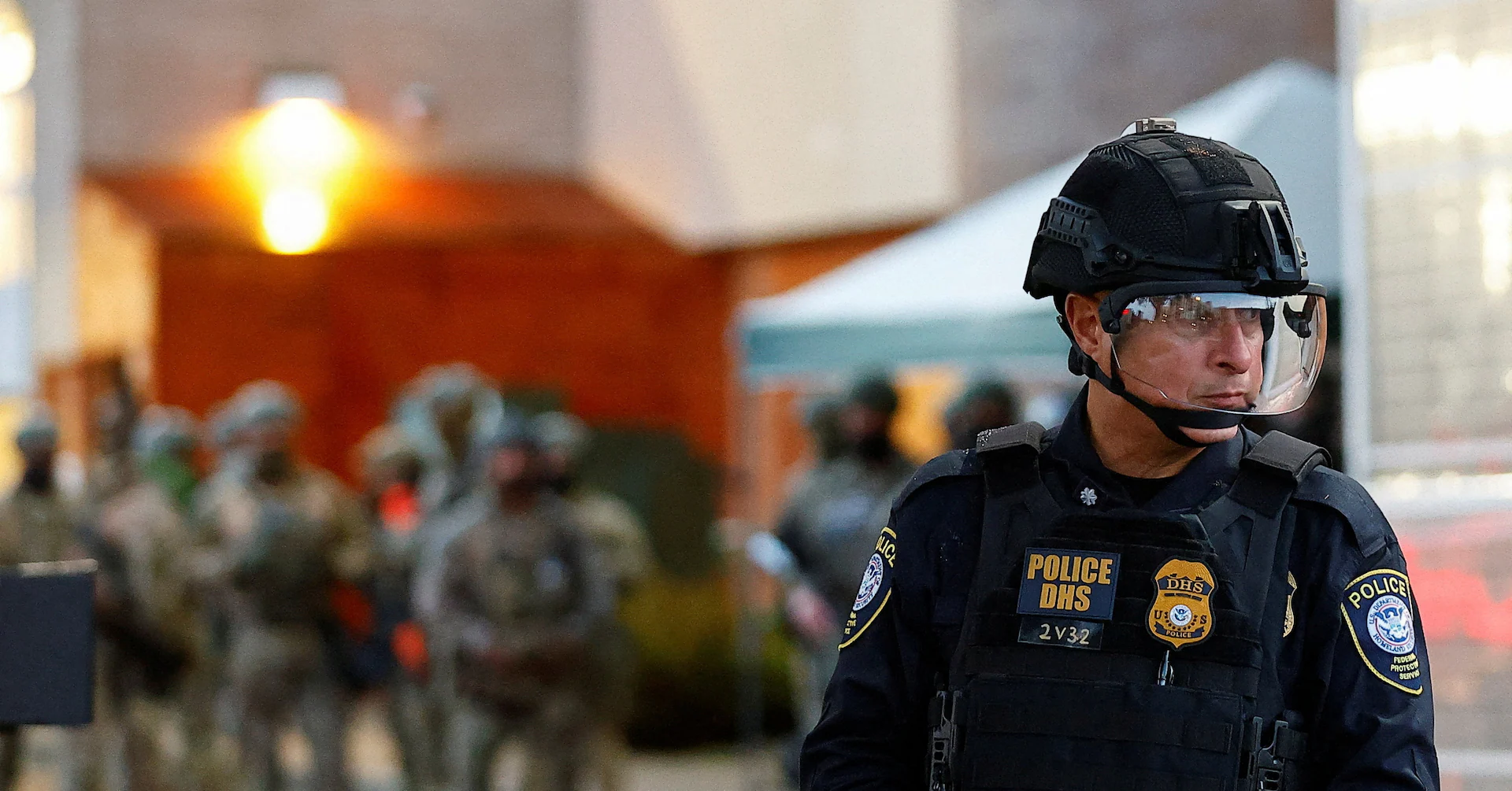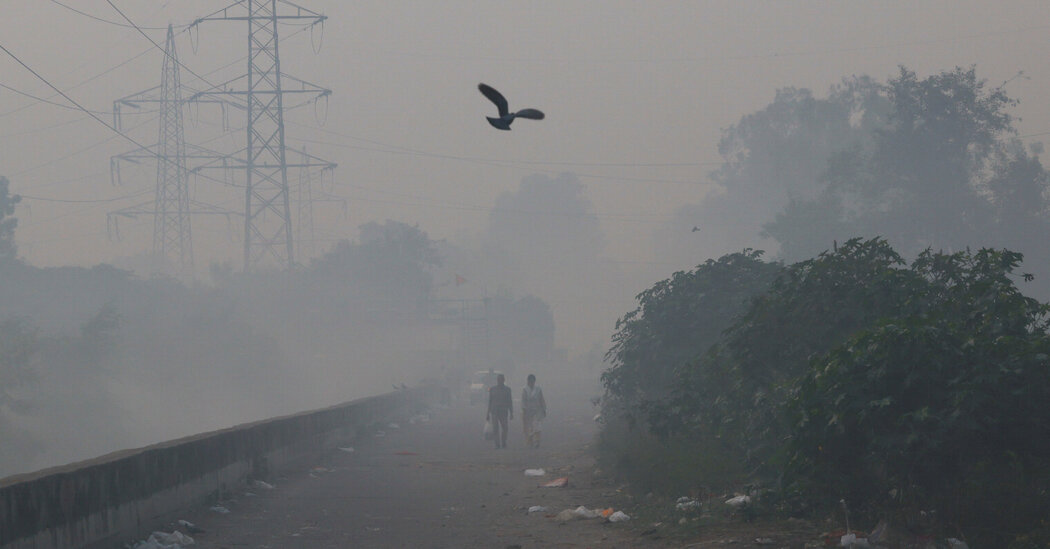Copyright dailypioneer

When India faced its defining strategic crisis in the early 1960s, it was compelled to rethink what security truly meant. The 1962 War with China exposed not only military shortfalls but also an absence of intellectual preparedness. The young republic, still discovering the grammar of power, realised that ideas could be as critical to defence as armies or arsenals. From that period of national introspection emerged an institution that would shape India’s strategic imagination - the Institute for Defence Studies and Analyses, now the Manohar Parrikar IDSA. Its establishment in 1965 marked India’s decision to think systematically about power in a turbulent world. The Institute’s origins lie in a series of encounters abroad. In May 1964, Defence Minister YB Chavan and Defence Secretary PVR Rao travelled to Washington, DC, seeking ideas to modernise India’s defence planning. There, they encountered the RAND Corporation — an institution that applied mathematical precision to questions of war and strategy. RAND’s systems-analysis methods, championed by Robert McNamara’s “whiz kid” Alain Enthoven, demonstrated how data and models could inform complex military decisions. Soon after, Enthoven was invited to New Delhi, where he proposed that India should establish its own RAND. Almost simultaneously, Alastair Buchan, the founding director of London’s Institute for Strategic Studies (now IISS), arrived with a very different idea. Buchan viewed strategy as conversation — an exercise in context, interpretation, and policy dialogue rather than equations. Between these two approaches, India chose the latter. Lacking the resources for RAND’s computational rigour but drawn to the British tradition of policy debate, it adopted the IISS model. That decision gave the Institute its defining temperament — conceptually rich and intellectually vibrant, yet marked by a persistent absence of quantitative rigour that continues to shape its analyses even today. The mid-1960s were a charged moment in Indian politics. With Nehru gone and Lal Bahadur Shastri navigating post-war anxieties, national confidence required renewal. The 1965 War with Pakistan revived military morale but also exposed the need for coherent strategic planning. It was in this environment — uncertain yet purposeful — that the idea of an autonomous research body took form: one that could advise, critique, and think alongside the state while remaining independent of it. On November 11, 1965, IDSA was formally registered as a society, with Major General Som Dutt — fresh from a fellowship at the IISS and formerly Commandant of the Defence Services Staff College, Wellington — as its first Director. During his London tenure, he authored two notable Adelphi Papers: The Defence of India’s Northern Borders and India and the Bomb. In the latter, written soon after China’s detonation of three atomic devices in 1966, he argued that India might one day need its own nuclear capability to maintain Asia’s strategic balance. Within three years, the Institute launched its first publication — the IDSA Journal. In his foreword, Home Minister YB Chavan captured the spirit of a changing era: “In this nuclear age, traditional principles of military operations begin to be in doubt… previous tenets of national security have to be re-examined and fresh ones evolved.” It was a declaration of intellectual independence - questioning, analytical, and unafraid. The inaugural issue featured PVR Rao’s essay on “National Defence Policy and the Higher Direction of War” and Lieutenant General GG Bewoor’s study on “High Altitude Mountain Warfare,” laying the groundwork for India’s emerging defence discourse. Bewoor would later become the Army’s eighth Chief of Staff. Under K Subrahmanyam, IDSA began to forge a distinct intellectual identity within India’s strategic community. A civil servant, Subrahmanyam returned in 1968 after a stint at the London School of Economics and a study tour of US institutions — joining first as Director (Programme) and soon after as Director. At a time when open debate on national security was rare, he transformed IDSA into a forum of rigorous inquiry, insisting that it hold no official line but embrace diverse viewpoints. He often remarked that the Institute’s true strength lay in its ability to sustain disagreement with dignity. That ethos was tested almost immediately. In 1968, as the world’s major powers - the United States, Soviet Union, and United Kingdom — advanced the draft of the Nuclear Non-Proliferation Treaty (NPT), India faced a critical policy dilemma. At IDSA, the debate was both intense and illuminating. Some argued that accession to the NPT would compromise India’s sovereignty and erode its strategic autonomy, while others viewed participation as a constructive step towards reinforcing global norms of nuclear restraint. The Institute, true to its founding ethos, refrained from adopting an institutional position, allowing individual scholars to articulate their analyses independently. This pluralism of thought not only enriched the discourse but also underscored IDSA’s enduring commitment to intellectual freedom and analytical integrity. Among those who advanced this legacy were PR Chari and Jasjit Singh, who deepened IDSA’s analytical influence through their scholarship and policy engagement. Later, K Santhanam brought a markedly different sensibility to the Institute. A nuclear scientist by training, Santy, as he was fondly known, had been part of the quartet that orchestrated India’s 1998 nuclear tests alongside R Chidambaram, Anil Kakodkar, and APJ Abdul Kalam. When he took over as Director from 2001 to 2004, he infused into IDSA a scientist’s discipline — rooted in modelling, systems thinking, and quantitative analysis — dimensions the Institute had long underplayed. If Subrahmanyam, the civil servant-scholar, had endowed IDSA with conceptual depth and a culture of debate, Santy sought to complement it with empirical precision. Both exemplified a shared conviction that India’s strategic thought must remain informed, autonomous, and unswayed by political expediency. This intellectual autonomy yielded a substantial corpus of scholarship. In 1977, Strategic Analysis was launched as a monthly journal, later transitioning into a peer-reviewed quarterly in 2002 and, in partnership with Routledge, into a bi-monthly publication in 2007. Over the decades, it has become a principal forum for India’s security discourse, publishing influential analyses on nuclear policy, regional strategy, intelligence reform, and military modernisation. Sixty years on, the Institute’s founding purpose endures. Yet, despite its considerable contributions, IDSA has been slower to integrate quantitative and interdisciplinary methodologies into its research framework. This methodological gap continues to constrain the infusion of empirical rigour and analytical precision into India’s strategic studies — a limitation that future scholarship must consciously address. The author is a Senior Fellow at the Manohar Parrikar Institute for Defence Studies and Analyses, New Delhi; views are personal



